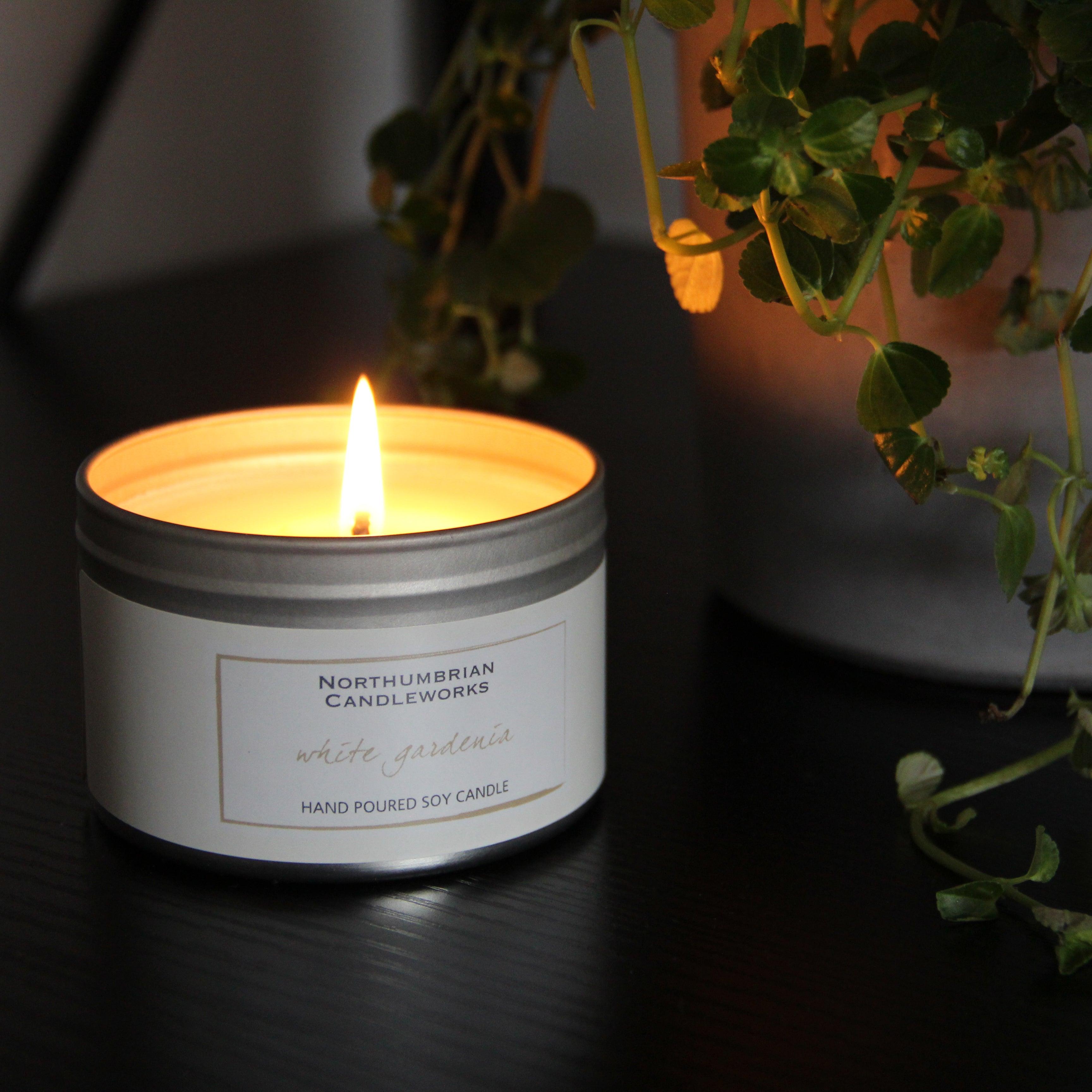Boost Your Room with Costs Soy Wax Candles and Home Fragrance
Wiki Article
From Wick to Wax: Understanding the Chemistry Behind Soy Wax Candles and Their Environmental Influence
As we brighten our areas with the cozy radiance of candles, there exists a world of elaborate chemistry behind the seemingly easy act of lighting a soy wax candle light. The choice between soy and paraffin wax extends beyond mere aesthetics, diving right into the realm of environmental effect and the extremely composition of the materials. Recognizing the molecular structure of soy wax and its burning procedure clarifies the discharges launched into our environments. Join us as we untangle the scientific ins and outs behind soy wax candle lights and discover their effects on our atmosphere.Soy Wax Vs. Paraffin Wax
When comparing soy wax and paraffin wax for candle light making, it is vital to understand the unique features and advantages of each product. Soy wax is an all-natural, renewable source stemmed from soybean oil, making it eco-friendly and environment-friendly - home fragrance. On the other hand, paraffin wax is a byproduct of petroleum refining, which elevates issues regarding its environmental effect and sustainabilitySoy wax candles shed cleaner and discharge much less soot contrasted to paraffin wax candle lights, making them a much healthier choice for interior air top quality. In addition, soy wax has a reduced melting point, enabling a longer-lasting candle light that disperses fragrance better. Paraffin wax, on the various other hand, often tends to shed faster and much less cleanly, potentially launching harmful chemicals into the air.
From a sustainability viewpoint, soy wax is preferred for its biodegradability and eco-friendly sourcing, aligning with the expanding customer choice for environmentally mindful products. While paraffin wax has been a conventional selection in candle making due to its cost and simplicity of usage, the change in the direction of environmentally friendly alternatives like soy wax is acquiring momentum in the industry.
Chemical Structure of Soy Wax

Combustion Process in Soy Candles
The chemical composition of soy wax straight influences the combustion procedure in soy candle lights, impacting elements such as burn time, aroma launch, and environmental influence. When a soy candle light is lit, the heat from the fire melts the wax near the wick.
The burning effectiveness of soy candles is affected by the pureness of the soy wax and the quality of the wick. A clean-burning soy candle light with an effectively sized wick will certainly minimize check my reference and produce a consistent fire soot formation. This not only prolongs the burn time of the candle yet also boosts the release of scents. Furthermore, soy wax candle lights have a reduced ecological impact contrasted to paraffin candles as a result of their eco-friendly and renewable description nature.

Environmental Advantages of Soy Wax

Thought about a sustainable option to standard paraffin wax, soy wax uses remarkable ecological benefits that make it a prominent option among eco-conscious customers. One significant benefit of soy wax is its eco-friendly sourcing. Soy wax is stemmed from soybean oil, which is predominantly grown in the United States. The cultivation of soybeans assists support local farmers and lowers the dependence on non-renewable nonrenewable fuel sources used in paraffin wax manufacturing. In addition, soy wax is eco-friendly, meaning it breaks down naturally without launching hazardous toxins right into the setting. This particular makes soy wax candle lights a much more eco-friendly alternative compared to paraffin wax candles, which are made from oil, a non-renewable resource. Soy wax burns cleaner and produces less residue than paraffin wax, contributing to better interior air top quality and lowering the requirement for cleaning and upkeep. In general, the ecological benefits of soy wax straighten with the growing demand for eco-friendly and lasting items in the marketplace.
Recycling and Disposal Considerations
Recycling and correct disposal of soy wax candles play an essential function in keeping environmental sustainability and minimizing waste in neighborhoods and houses. The first step is to guarantee that the candle has shed totally when it comes to reusing soy wax candle lights. This can be attained by permitting the candle light to melt till the wick is no more functional, and after that letting the staying wax cool and solidify. When the wax has actually strengthened, it can be thoroughly gotten rid of from the container.
In terms of disposal, if recycling is not a choice, soy wax candles are biodegradable and can be safely gotten rid of in the majority of household waste systems. It is constantly suggested to check with regional recycling centers or waste administration services for details standards on candle disposal to ensure correct handling and environmental defense.
Verdict
In verdict, the chemistry behind soy wax candles discloses their environmental benefits over paraffin wax candles. Soy wax, originated from soybean oil, burns cleaner and creates less residue when compared to paraffin wax. The combustion procedure in soy candles is a lot more reliable, leading to a longer and more also melt. Furthermore, soy wax is eco-friendly and biodegradable, making it a much more lasting choice for candle light manufacturing. Recycling and appropriate disposal of soy wax candles additionally add to their ecological influence.When comparing soy wax and paraffin wax for candle light making, it is important to comprehend the unique features and advantages of each material (soy candles).Soy wax candle lights burn cleaner and discharge less soot compared to paraffin wax candles, making them a healthier selection for interior air quality.Thought about a lasting alternative to standard paraffin wax, soy wax supplies notable environmental benefits that make it a preferred option amongst eco-conscious customers. Soy wax burns cleaner and generates much less residue than paraffin wax, contributing to better indoor air quality and minimizing the requirement for cleaning and maintenance.In conclusion, the chemistry behind soy wax candles reveals their ecological advantages over paraffin wax candle lights
Report this wiki page